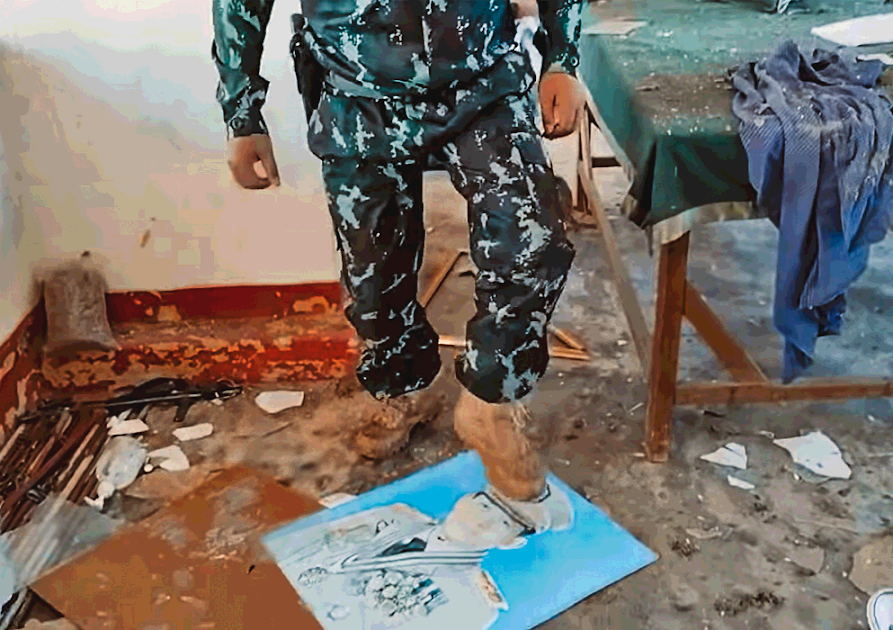Myanmar Spring Chronicle – December 22 Snapshot
Moemaka, December 23, 2024
Are the Final Days of the Military Junta Approaching?
In recent weeks, the military junta in Rakhine and Chin States has faced significant setbacks, as reported in various news outlets. In Maungdaw Township, Rakhine State, Border Guard Post No. 5 fell to the Arakan Army (AA), resulting in the capture of a high-ranking military officer and the death of another battalion commander due to a landmine during clashes. Moreover, the Western Regional Military Headquarters in Ann fell, and both the Deputy Commander and Regional Commander were captured by the AA. The AA is intensifying its offensive in southern Rakhine’s Gwa Township and targeting the road between Gwa and Ngathaingchaung in Ayeyarwady Region. Sittwe, the state capital, is also in a precarious situation, with nearly 80-90% of Rakhine State under AA control, leaving the junta on the brink of losing the entire region.
The battles in Maungdaw, Ann, and Gwa have been intense and prolonged, with weeks-long efforts needed to seize key positions. Despite their resistance, junta forces have been pushed to the brink, facing dwindling supplies, weakened morale, and reduced troop strength. The remaining choices for the junta forces in these areas are surrendering, retreating, or perishing in combat.
Meanwhile, in Naypyidaw, junta leader Min Aung Hlaing attended the opening ceremony of the National Sports Festival, delivering speeches and observing events—a stark contrast to the dire military situation in Rakhine. This apparent detachment from critical battlefield developments has drawn criticism even from pro-military Telegram channels, reflecting dissatisfaction within their ranks.
While the junta is losing control over key areas in Rakhine, Chin State has also seen rapid advancements by resistance forces. In southern Chin, the Chinland Joint Defense Committee (CJDC), composed of six armed groups, captured Mindat and Matupi within days. Mindat fell quickly after fierce clashes, and junta forces abandoned Matupi without resistance.
The contrasting situations in Rakhine and Chin States highlight differences in terrain and strategy. In Chin, the rugged mountains and limited road networks likely prompted the junta to retreat swiftly to avoid encirclement. In Rakhine, however, intense battles for control of key towns and military bases have significantly weakened the junta’s position.
The junta continues to control major cities like Yangon, Mandalay, Monywa, Taunggyi, Mawlamyine, Pathein, and Pyay, possibly maintaining a perception of stability. However, critical transport routes, such as the Mandalay-Myitkyina road in Kachin State and the Myawaddy-Kawkareik road in Karen State, remain contested, limiting the junta’s ability to sustain supply chains.
Despite holding several major cities, the junta faces increasing territorial losses and logistical challenges. Their focus on maintaining control of these urban centers may mask the broader collapse of their networks and influence in rural and peripheral areas.
While a sudden collapse of the junta akin to Syria’s Assad regime losing Damascus within two weeks is unlikely due to differing geopolitical and military dynamics, certain areas are reaching a tipping point where the end of junta control is becoming measurable.

